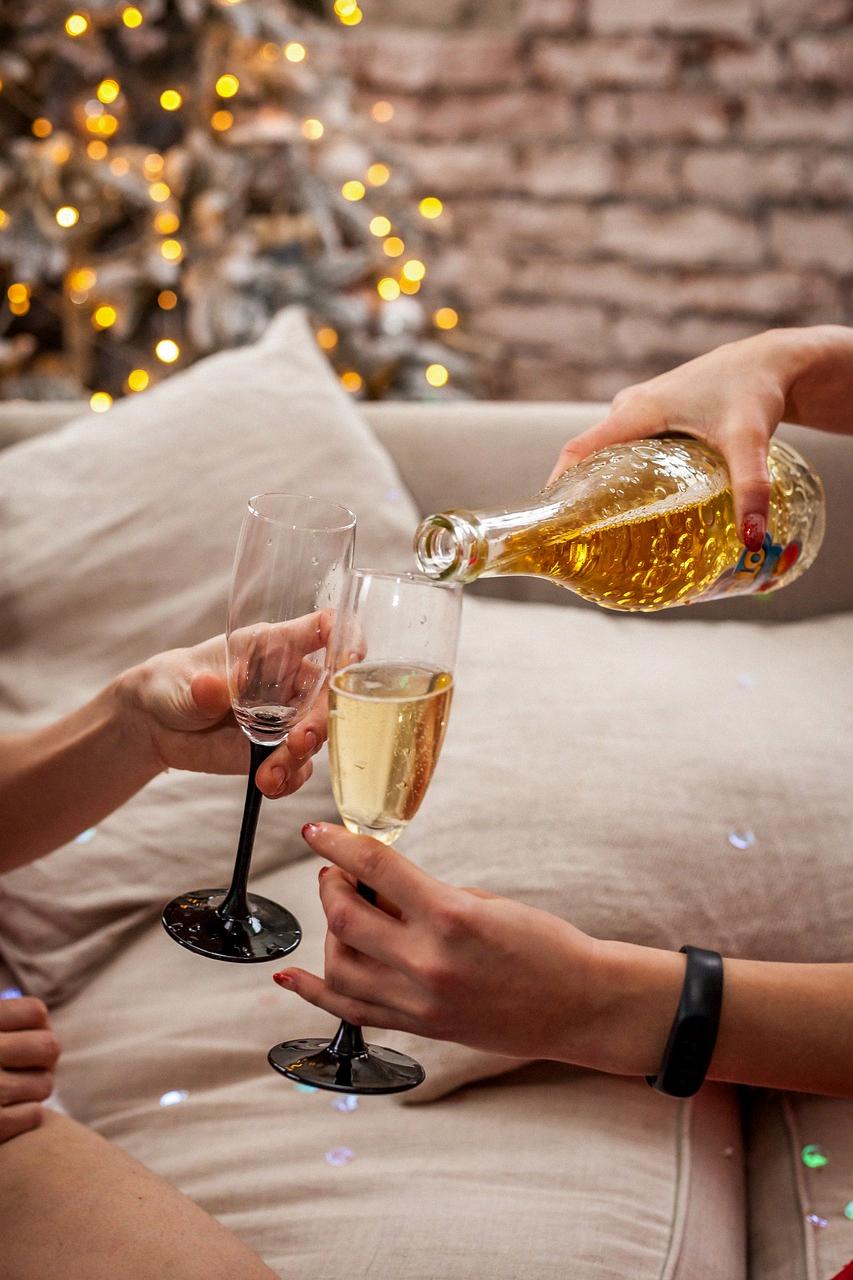When it comes to indulging in a bottle of champagne, one of the first questions that comes to mind is “How much does it cost?” Whether you’re celebrating a special occasion or simply want to treat yourself to a glass of bubbly, understanding the average cost of champagne can help you make an informed purchasing decision. In this article, we will explore the different price ranges of champagne and provide insights into what factors contribute to the variations in cost.
Big Name Brands: Indulgence at a Price
For those seeking out established champagne houses with a reputation for excellence, big name brands such as Veuve Clicquot, Moët & Chandon, and Perrier Jouët are often top choices. These well-known labels bring prestige and sophistication to any occasion, but they do come with a slightly higher price tag. On average, you can expect to spend around $50-$60 per bottle for these renowned champagnes.
Exploring the World of Growers Champagne
If you’re looking for a more affordable yet equally delightful alternative, it’s worth exploring the world of “growers champagne.” Unlike the big name brands, these are smaller, family-run wineries that produce champagne in limited quantities. Despite their boutique nature, growers champagnes often boast impressive quality. Prices for entry-level growers champagne start around $40 per bottle and can go higher depending on the specific producer and cuvée.
Factors Affecting Champagne Prices
Several factors influence the cost of champagne beyond the brand or whether it is produced by a large champagne house or a grower. Let’s take a closer look at these contributing factors:
1. Vintage vs. Non-Vintage
Champagne can be categorized as either vintage or non-vintage. Non-vintage champagne is a blend of wines from multiple years, offering consistency in flavor profile and quality. It tends to be more affordable. On the other hand, vintage champagne is made from grapes harvested in a single exceptional year, resulting in a unique and higher-priced product.
2. Quality and Production Methods
The production methods used to create champagne can significantly impact its price. Traditional, labor-intensive methods such as hand-harvesting, manual riddling, and extended aging in cellars can drive up costs. Additionally, higher-quality grapes and careful winemaking practices contribute to exceptional champagnes that come with a premium price.
3. Prestige and Rarity
Some champagnes have gained iconic status due to their longstanding heritage, limited production, or association with prestigious events. These rare and highly sought-after champagnes often carry a hefty price tag due to their exclusivity and desirability among collectors and enthusiasts.
Value for Money: Finding the Sweet Spot
While there is a vast array of champagne available at different price points, it’s important to remember that price doesn’t always determine the quality of the experience. Finding the “sweet spot” where affordability meets exceptional quality can be a thrilling endeavor.
Explore different regions and producers, as Champagne’s diverse terroir offers an array of flavors and styles. Consider seeking expert recommendations or reading reviews to discover hidden gems within your budget range. Remember that the joy of champagne lies in the experience it brings, and sometimes the most memorable bottles can be found at surprisingly moderate prices.

In Conclusion
The average cost of champagne can vary depending on factors such as brand, production methods, vintage status, and rarity. Big name champagne houses often command higher prices, while growers champagnes offer exceptional quality at a more accessible range. Beyond price, the journey of exploring champagne is about discovering the perfect bottle that resonates with your taste preferences. So raise a glass, savor the effervescence, and enjoy the adventure that lies within the world of champagne!
